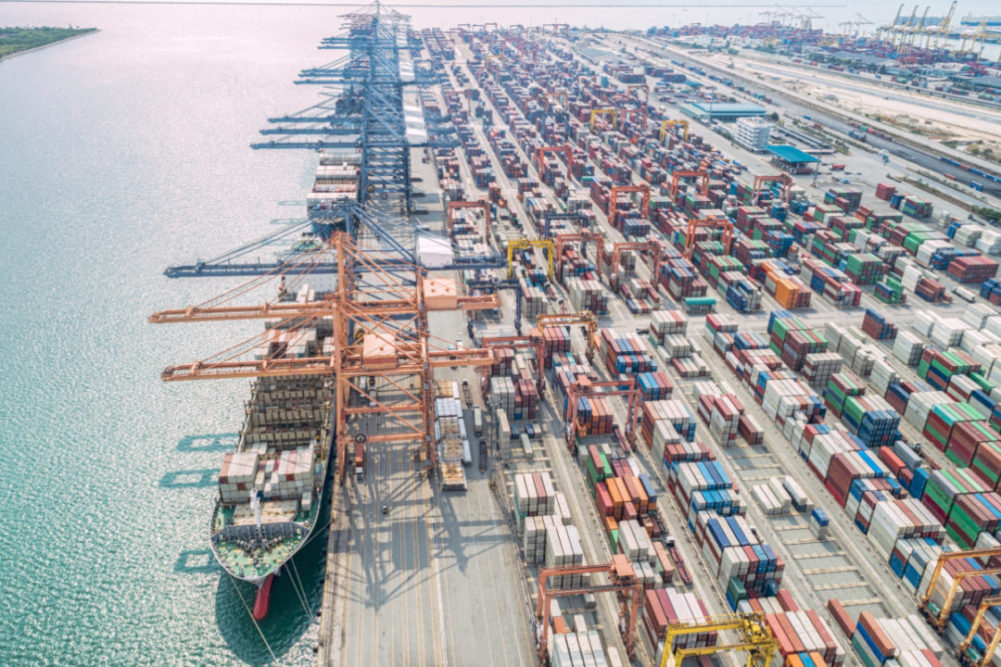WASHINGTON – The “pop-up” concept has moved from shopping malls to shipping yards. The US Department of Agriculture has joined an initiative by the Port of Oakland to create a 25-acre pop-up site for agricultural companies to fill empty containers which will help relieve congestion at the port.
To help fund the project, USDA is using Commodity Credit Corporation funds set aside to address market disruptions in September 2021. The agency will cover 60% of the start-up costs and additional movement logistics costs at $125 per container.
“This is an important step that shows the value of players in the supply chain coming together to identify challenges as well as potential solutions,” said California Department of Food and Agriculture Secretary Karen Ross.
The site will provide space for empty containers beginning in early March, USDA said. The new site will also have a dedicated gate with the ability to pre-cool refrigerated shipping containers for perishable commodities.
“This creative partnership with USDA and the Port of Oakland will help American farmers and agricultural producers move their product to market while also making better use of empty containers that are causing congestion at the ports,” said US Transportation Secretary Pete Buttigieg. “After we helped set up inland pop-up ports at the Port of Savannah, we witnessed significant improvements in the flow of goods, and we expect to see similarly positive results once this Oakland facility is open. We look forward to engaging with other ports on similar solutions to congestion.”
The US Meat Export Federation (USMEF) applauded the partnership.
“USMEF appreciates the efforts of USDA, the Port of Oakland and other agencies to address a situation that continues to frustrate US exporters,” said Dan Halstrom, president and chief executive officer of USMEF. “We realize there is no magic solution to the shipping difficulties confronting exporters at US ports but improving access to containers is certainly a step in the right direction. The Port of Oakland is an essential, strategic outlet for US red meat exports, especially for chilled product destined for our key Asian markets, and our members look forward to utilizing the new container site.”
The Port of Oakland is the preferred export gateway for much of California’s agricultural exporters and for refrigerated proteins. The cargo volume at the port usually is approximately 50% exports and 50% imports, providing a match between inbound cargo and emptied containers for exports. But fewer containers have been made available for US agricultural commodities, as ocean carriers have rushed containers back to be exported empty, according to USDA.
“COVID-19 revealed vulnerabilities across our supply system, both at our ports and in the agricultural sector,” said US Agriculture Secretary Tom Vilsack. “As the economy has made a historic recovery, it has put additional strain on the supply chain. The Biden-Harris Administration is using creative approaches to improve port operations while elevating American-grown food and fiber. This partnership with the Port of Oakland builds on our aggressive approach to addressing challenges within the supply chain and sends a strong signal that we are committed to working across the Administration and with state, local and private partners to mitigate complex port capacity and congestion issues and to keep American agriculture on the move.”

